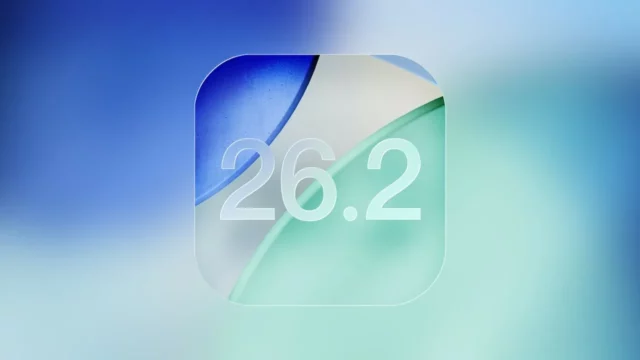HyperOS was introduced to users last year. While the new structure, which offers a more stable and comprehensive experience compared to the MIUI interface, received positive feedback from the user side, the most curious issue here was which devices will experience this new structure. Latest reports reveal new Xiaomi models that will receive the HyperOS update.
Xiaomi will release the HyperOS update for three models
According to the information shared by Xiaomiui, Xiaomi will soon launch the HyperOS update for three models released in recent years. Since these phones are relatively old, the new build will reach users based on Android 13, not Android 14.

- Xiaomi 12X: OS1.0.1.0.TLDCNXM
- Redmi Note 12 Pro 4G: OS1.0.1.0.THGMIXM
- POCO F3 (Redmi K40): OS1.0.1.0.TKHCNXM
Xiaomi 12X and POCO F3 will receive the Xiaomi HyperOS update first in China. However, Redmi Note 12 Pro 4G will first experience the new version globally. Although there is no clear release date at the moment, we can say that important developments may occur at the end of January or February.
Xiaomi founder Lei Jun officially announced that the logo of the HyperOS interface has changed with his post in the past weeks. The new logo, which comes with a more stylish and compact appearance than the old one, is defined as a galaxy of points rotating together like ideas and connections in the digital universe. It also contains purple-tinged colours.
Xiaomi HyperOS; It seems that it will offer more customization on the lock screen with new clock styles, fonts, wallpapers and widgets. The control center will have a cleaner and more modern design compared to the previous version of MIUI 14.
The application icons are similar, but the overall consistency seems to have increased. Another noteworthy detail with the new version is the space that Xiaomi HyperOS will occupy on the phones. According to the Chinese company’s claim, the structure is 8.75 GB in size and provides a serious advantage in terms of storage compared to its competitors.
HyperOS will consume less power compared to its predecessors and can run more easily on less memory. This means that it leaves an open door, especially for Xiaomi’s old and hardware-insufficient products.
So what do you think about this issue? You can share your opinions with us in the comments section!













